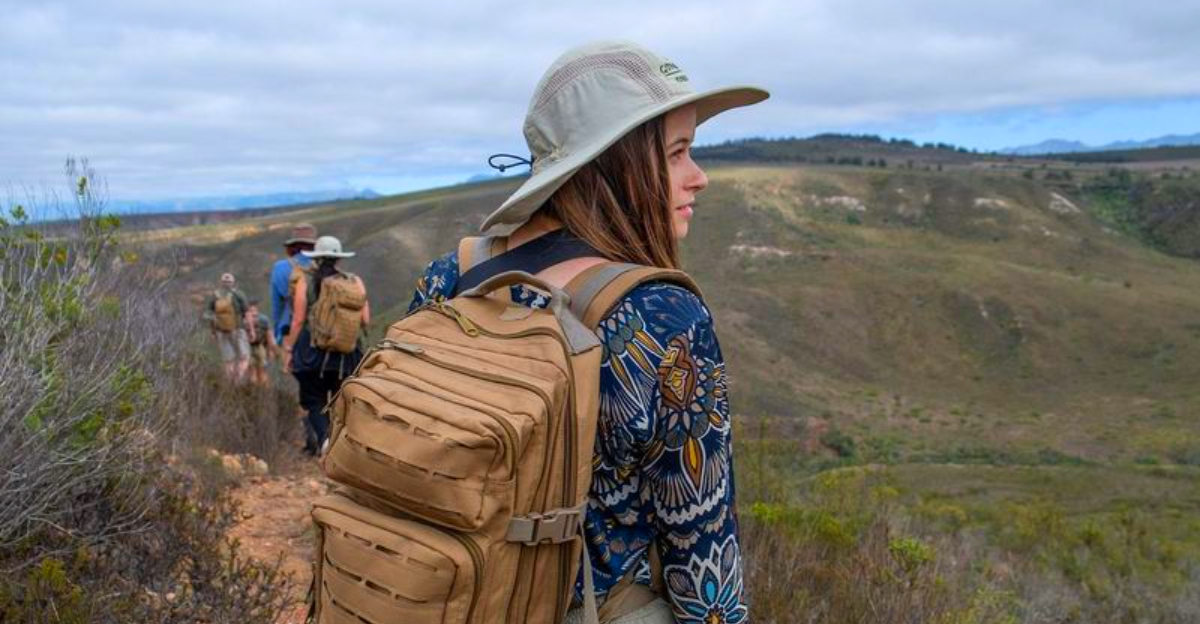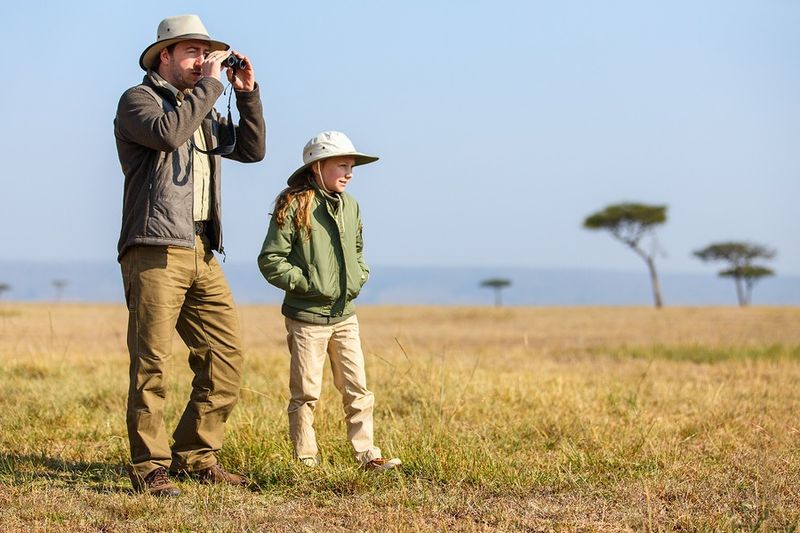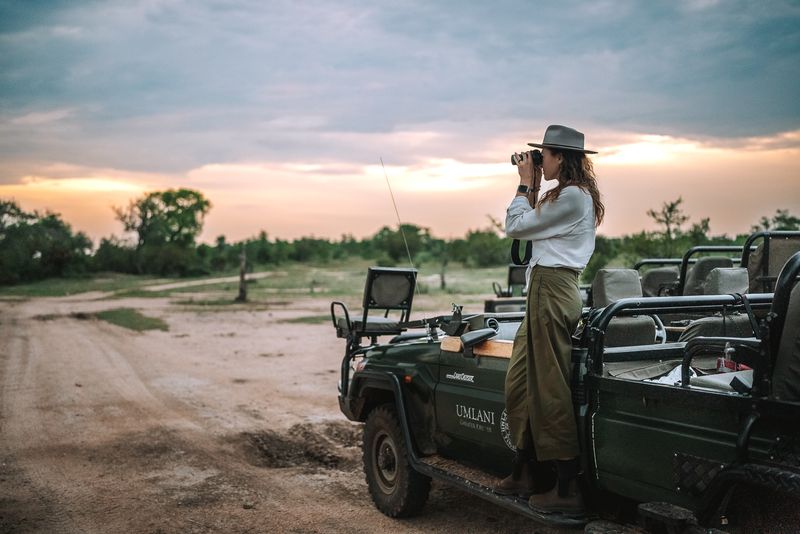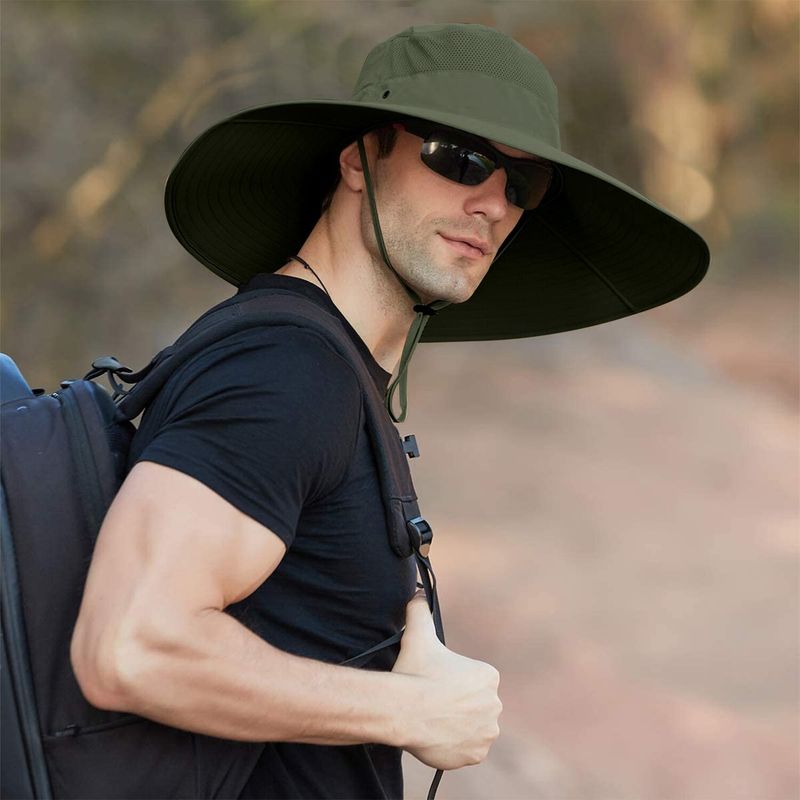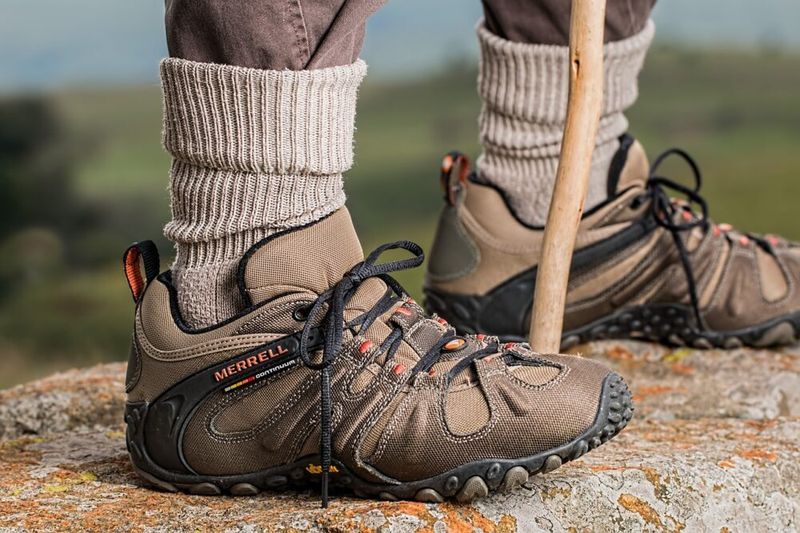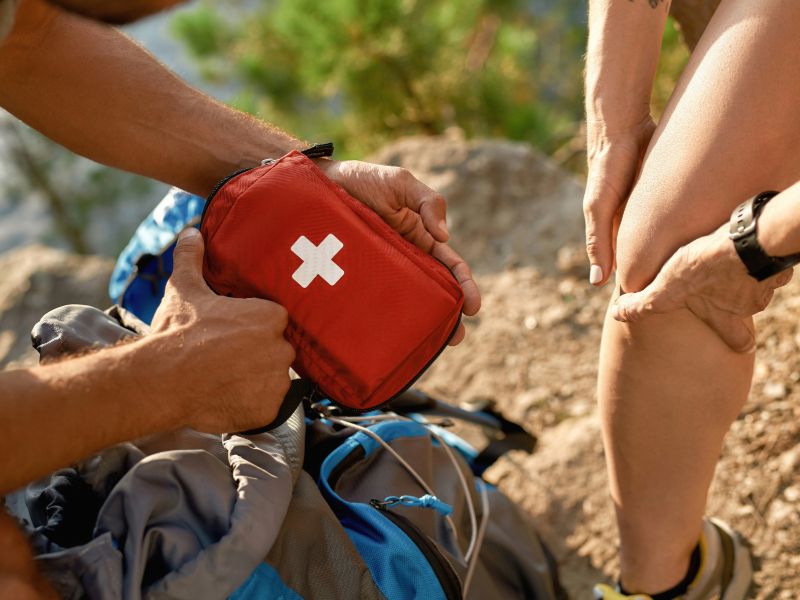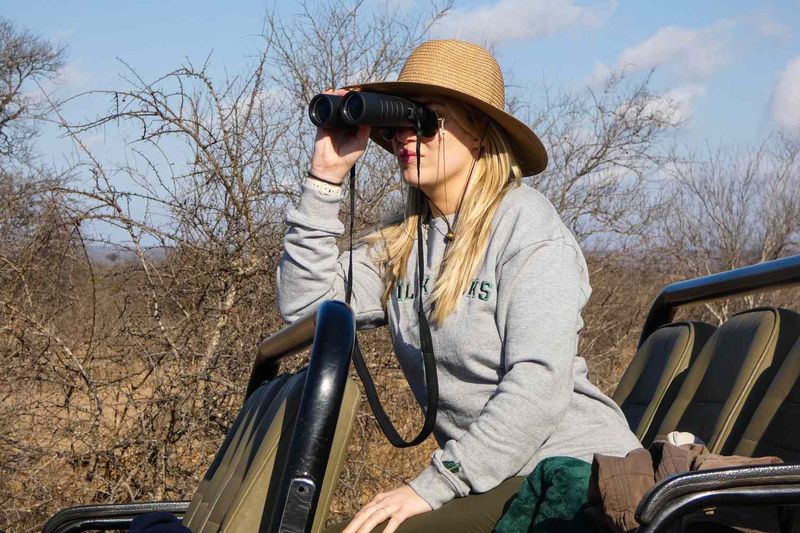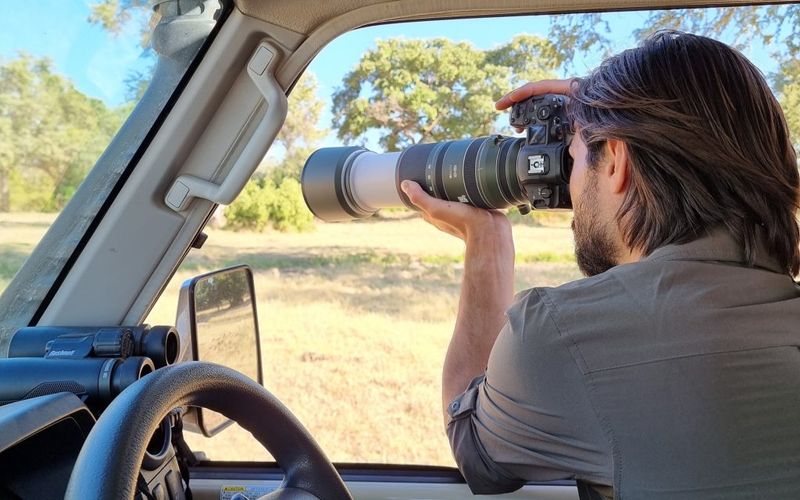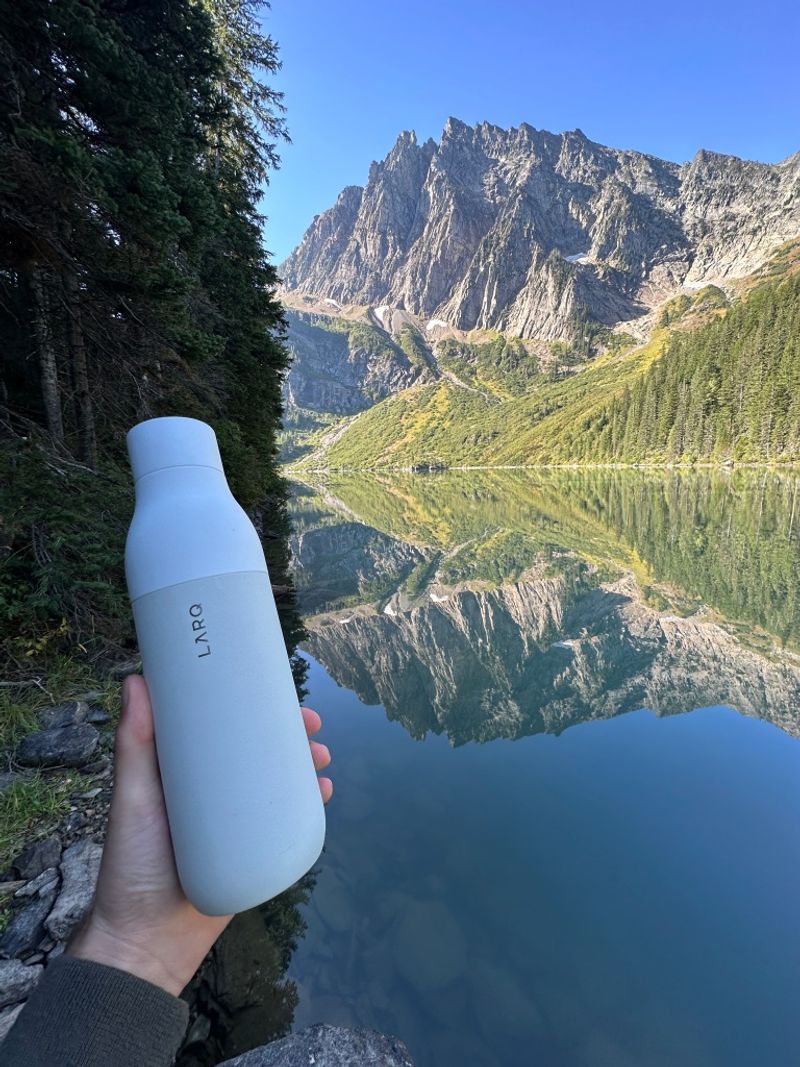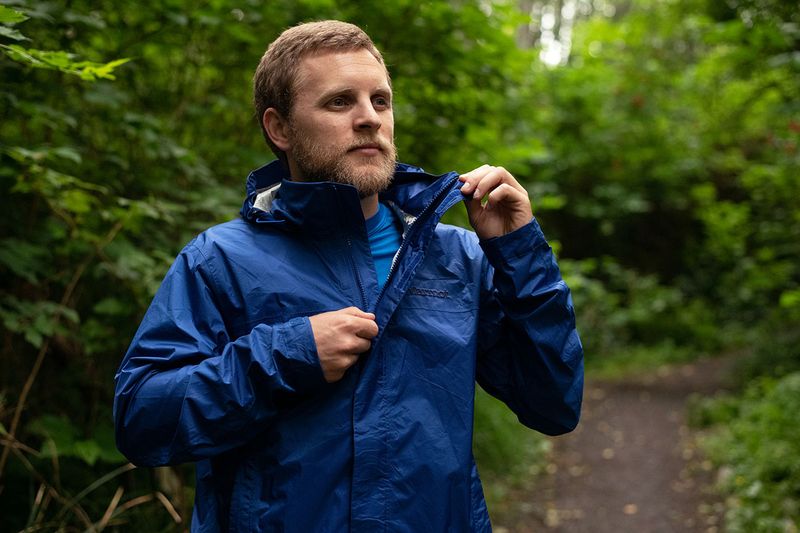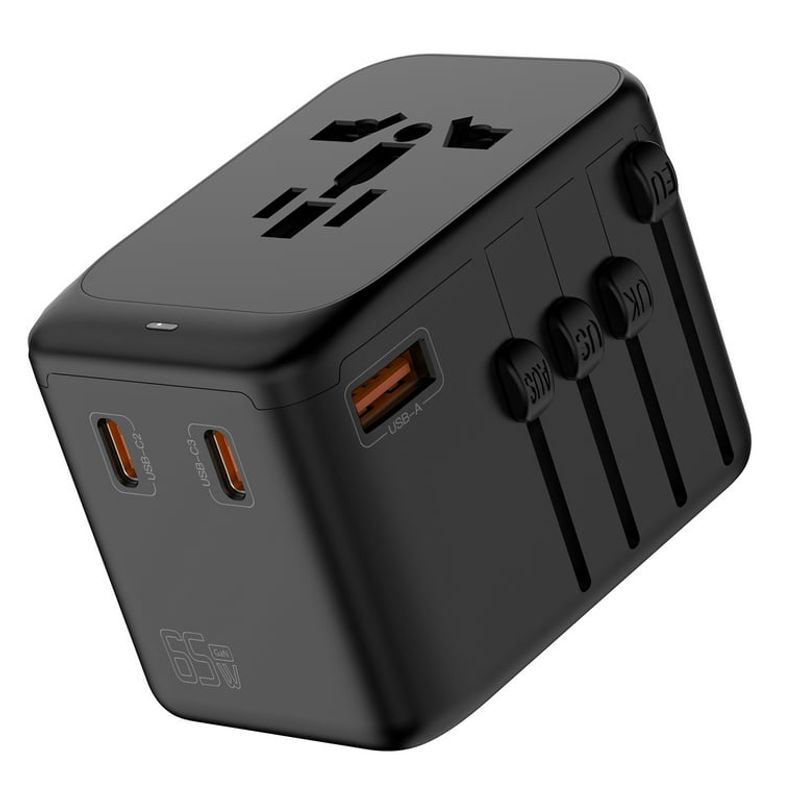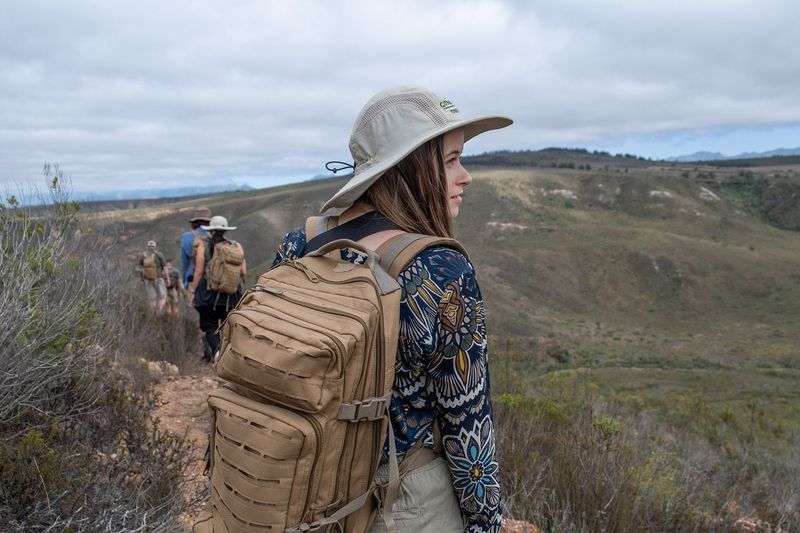Planning your first African safari adventure? The excitement of spotting elephants and lions can quickly turn stressful when you realize you forgot something important. Packing smart makes the difference between a comfortable, memorable trip and dealing with sunburn, bug bites, or missing that perfect photo opportunity.
1. Neutral-Colored Clothing
Earth tones become your best friend in the African wilderness. Khaki, olive green, and beige clothing help you blend seamlessly with the natural environment while keeping pesky insects at bay.
Bright colors attract unwanted attention from tsetse flies and other bugs that can ruin your game drive experience. Pack lightweight, breathable fabrics that dry quickly and provide sun protection for those long days under the African sun.
2. Layers for Temperature Changes
African mornings can surprise you with their chill, even in the middle of summer. A lightweight fleece or packable down jacket becomes essential when you’re sitting in an open vehicle at dawn, watching the sunrise over the savanna.
Temperatures swing dramatically from freezing pre-dawn starts to scorching midday heat. Smart layering lets you adapt quickly, ensuring comfort whether you’re tracking lions at 5 AM or relaxing at camp during the afternoon.
3. Wide-Brim Hat and Quality Sunglasses
The African sun shows no mercy during open-air game drives. A wide-brimmed hat protects your face, neck, and ears from intense UV rays that reflect off the savanna’s golden grass.
Quality sunglasses with UV protection prevent eye strain and headaches during long wildlife viewing sessions. Choose wraparound styles that stay secure during bumpy rides and provide maximum coverage for sensitive eye areas that sunscreen can’t reach.
4. Sturdy Walking Shoes
Your feet carry you through some of Africa’s most incredible landscapes. Closed-toe hiking boots or sturdy walking shoes protect against thorns, rocks, and the occasional curious insect while providing ankle support on uneven terrain.
Break them in completely before your trip to avoid painful blisters during walking safaris. Pack comfortable sandals for lodge relaxation, but remember that closed shoes are mandatory for most bush walks and game drives.
5. High-SPF Sunscreen and Lip Balm
African sun burns faster than you think, even on cloudy days. High-SPF sunscreen becomes your daily armor against UV rays that intensify at higher altitudes and reflect off light-colored sand and rock.
Don’t forget lip balm with UV protection – chapped, sunburned lips can make eating and drinking uncomfortable for days. Reapply frequently, especially after drinking water or during long game drives when you’re constantly exposed to direct sunlight.
6. DEET-Based Insect Repellent
Mosquitoes and tsetse flies consider you a delicious meal. DEET or picaridin-based repellents create an invisible barrier that keeps these disease-carrying insects at bay during dawn and dusk game drives.
Many safari lodges provide mosquito nets but rarely supply personal repellent. Pack both spray and lotion forms – sprays work great for clothing and gear, while lotions provide longer-lasting skin protection in high-activity areas.
7. Personal First-Aid Kit
Remote safari locations mean limited access to pharmacies and medical supplies. A compact first-aid kit with bandages, antiseptic wipes, pain relievers, and antihistamines handles minor cuts, headaches, and allergic reactions quickly.
Include all prescription medications with extra quantities in case of travel delays. Anti-diarrheal medication and rehydration salts prove invaluable when your stomach encounters new foods or different water sources during your adventure.
8. Personal Binoculars
Wildlife doesn’t always cooperate by staying close to your vehicle. Personal binoculars let you spot distant elephants, identify bird species, and observe animal behavior without waiting for the guide’s shared pair.
Choose lightweight, compact models with 8×42 or 10×42 magnification for the perfect balance of clarity and stability. Your own binoculars mean you never miss that leopard lounging in a distant tree or the intricate details of a colorful bird.
9. Camera with Zoom Lens
Safari moments happen fast and from a distance. A camera with telephoto zoom capabilities captures stunning wildlife shots without disturbing animals or risking your safety by getting too close.
Pack extra memory cards and portable battery packs – you’ll take more photos than expected. Consider a camera strap that keeps your equipment secure during bumpy rides while allowing quick access when that perfect shot presents itself unexpectedly.
10. Soft-Sided Duffel Bag
Bush planes connecting remote safari camps strictly enforce weight limits and require soft luggage for storage efficiency. Hard suitcases simply won’t fit in small aircraft cargo compartments or lodge storage areas.
Choose a durable duffel with wheels for easy transport but flexible sides for cramped spaces. Most flights limit luggage to 15 kilograms, so pack strategically and leave room for souvenirs without exceeding weight restrictions that could strand your belongings.
11. Reusable Water Bottle
Dehydration happens quickly in African heat, especially during long game drives. A reusable water bottle ensures constant hydration while reducing plastic waste in pristine wilderness areas that struggle with environmental protection.
Choose insulated bottles that keep water cool throughout hot afternoons. Many lodges provide filtered water for refills, but having your own bottle means you’re never caught thirsty during extended wildlife viewing sessions or walking safaris.
12. Lightweight Rain Jacket
African weather changes without warning, transforming sunny skies into sudden downpours within minutes. A packable rain jacket keeps you dry during unexpected storms while taking up minimal luggage space.
Wet season safaris offer incredible wildlife viewing as animals gather around water sources. Don’t let rain ruin these opportunities – a good rain shell means you can continue game drives comfortably while others huddle miserably in vehicles.
13. Universal Power Adapters
Safari lodges often have limited electrical outlets and use different plug configurations than your home country. A universal adapter with multiple USB ports keeps cameras, phones, and other devices charged and ready.
Remote locations may have inconsistent power availability, making portable battery packs essential backup options. Some camps only provide electricity during specific hours, so charging multiple devices simultaneously becomes crucial for staying connected and capturing memories.
14. Compact Daypack
Game drives require easy access to cameras, water, snacks, and sun protection without cluttering your vehicle seat. A small daypack organizes essentials and keeps hands free for binoculars and photography.
Choose packs with multiple compartments for quick organization and water-resistant materials for dusty conditions. Walking safaris especially benefit from having supplies readily accessible while keeping weight distribution comfortable during longer treks through the wilderness.
15. Travel Insurance Documents
Medical emergencies in remote African locations can require expensive helicopter evacuations to proper facilities. Comprehensive travel insurance documentation, both digital and physical copies, ensures quick access to coverage details when every minute counts.
Keep emergency contact numbers easily accessible and inform family members about your coverage details. Remote safari locations may have limited internet connectivity, making physical document copies essential for proving coverage to medical providers.
